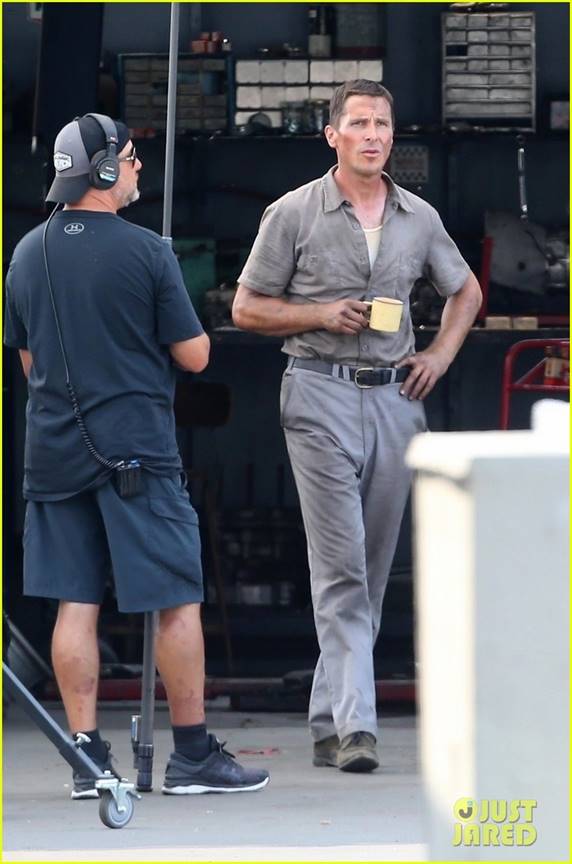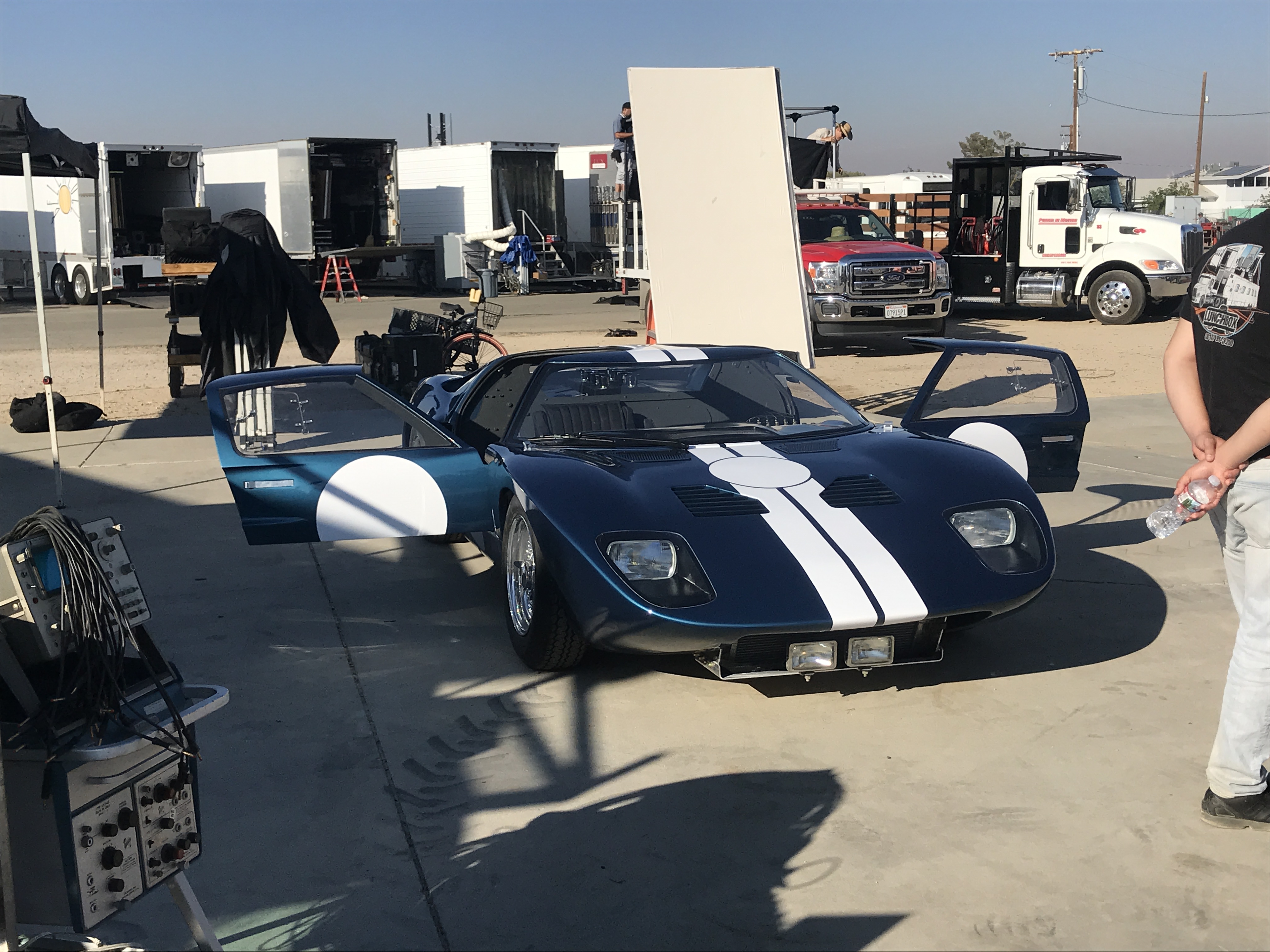Capturing Christian Bale’s dialogue on the set of Ford v Ferrari – for what many car aficionados say are the most realistic race scenes ever created for a feature film – turned out to be surprisingly easy, thanks to Lectrosonics...
Ford v Ferrari has won a lot of awards – and notably, a lot of sound awards. Amongst its numerous other accolades, the film scooped up wins for Best Sound Editing at the Oscars, Sound Mixing for a Motion Picture at the Live Action Cinema Audio Society Awards, a Hollywood Sound Award at the Hollywood Film Awards, and won Best Sound at the Satellite Awards.
Telling the true story of the Ford Motor Company’s upset racing victory at Le Mans in 1966, Ford v Ferrari has earned praise for what many car aficionados say are the most realistic race scenes ever created for a feature film.
This involved capturing the dialogue of actor Christian Bale (playing driver, Ken Miles) at realistic speeds, a challenge which fell to production sound mixer Steve Morrow, a 25-year Lectrosonics user nominated for Academy Awards for his work on La La Land and the 2019 remake of A Star Is Born.
“I went to school in Seattle at Bellevue Community College, taking film-making classes – all of my sound was terrible,” Morrow admits. “That got me interested in sound – good sound. I took some classes and bagged working for free as a boom operator on a freebee job, Where the Air Is Cool and Dark. Twenty-five years later...here I am!”
Morrow’s tenacity paid off – now regularly playing a crucial role in high profile, critically acclaimed blockbuster films.
“I always approach every film the same way,” he says. “I need to make sure to capture the performances of the actors – no matter what that actually means. So for A Star Is Born that meant being able to capture the live onset singing and performances of the band and cast. For Ford V Ferrari it was making sure to get the cleanest, clearest tracks on set of the cast. We knew going into that one that post was going to have a field day with the car sounds and racing! Our goal was to help with that as much as possible.”




